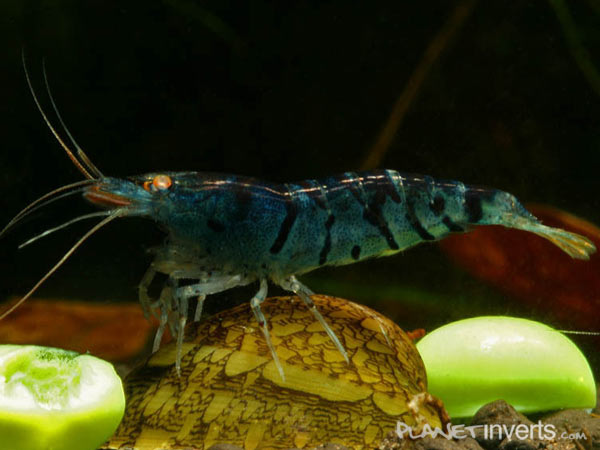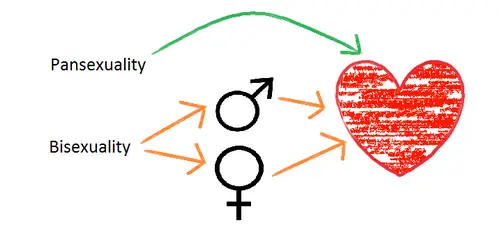Monocot Vs. Dicot: What Are The Main Differences?
Whether you’ve been given an assignment about the difference between monocot and dicot plants or you simply have a dilemma with your friends, there are many things that separate the two plant groups, and we’ll talk about them below. But first, let’s have a look at both terms and see what they’re all about.
Monocot

Monocots, or, by their scientific name, monocotyledons, are a flowering plant group whose members usually contain only one cotyledon or embryonic leaf. Monocots are divided into several taxonomic ranks and include approximately 60,000 species.
The beautiful orchids belong to the monocotyledons’ group, and so do grains, bananas, bamboos and various delicious spices used in Asian cuisine, such as turmeric, ginger and cardamom. Quite a fascinating and vastly varied family!
And here’s another fact you might find interesting: the name exists just to make the difference between monocot and dicot plants, having no other useful purpose from a diagnostic point of view.
Dicot

Dicots, or dicotyledons, are, as you’ve surely figured out by now, flowering plants that have two cotyledons – or embryonic leaves – in their seeds. The group contains somewhere around 200,000 species. They usually have a taproot system, their stems typically spread to the outside, and their flowers have four or five petals.
Examples of dicots include mint, lettuce, legumes, daisies, tomatoes and even oaks.
Recommended for You:
The Differences between Monocots and Dicots
Now that you know a bit more about the two main groups of flowering plants, let’s have a look at how dicots and monocots differ:
Monocots |
Dicots |
|
|
|
|
|
|
|
|
|
|
|
|
|
|
|
|
|
|
|
|
|
|
|
|
|
|
|
|
|
|
|
|
|
|
|
|
|
Did our article manage to help you understand the difference between monocot and dicot plants? If you’re often faced with such dilemmas, we recommend you to subscribe to our newsletter. You’ll get plenty of interesting topics and our latest news straight to your inbox!







